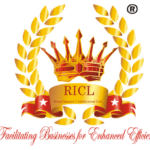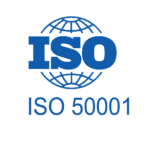What are the requirements for understanding ISO certification?
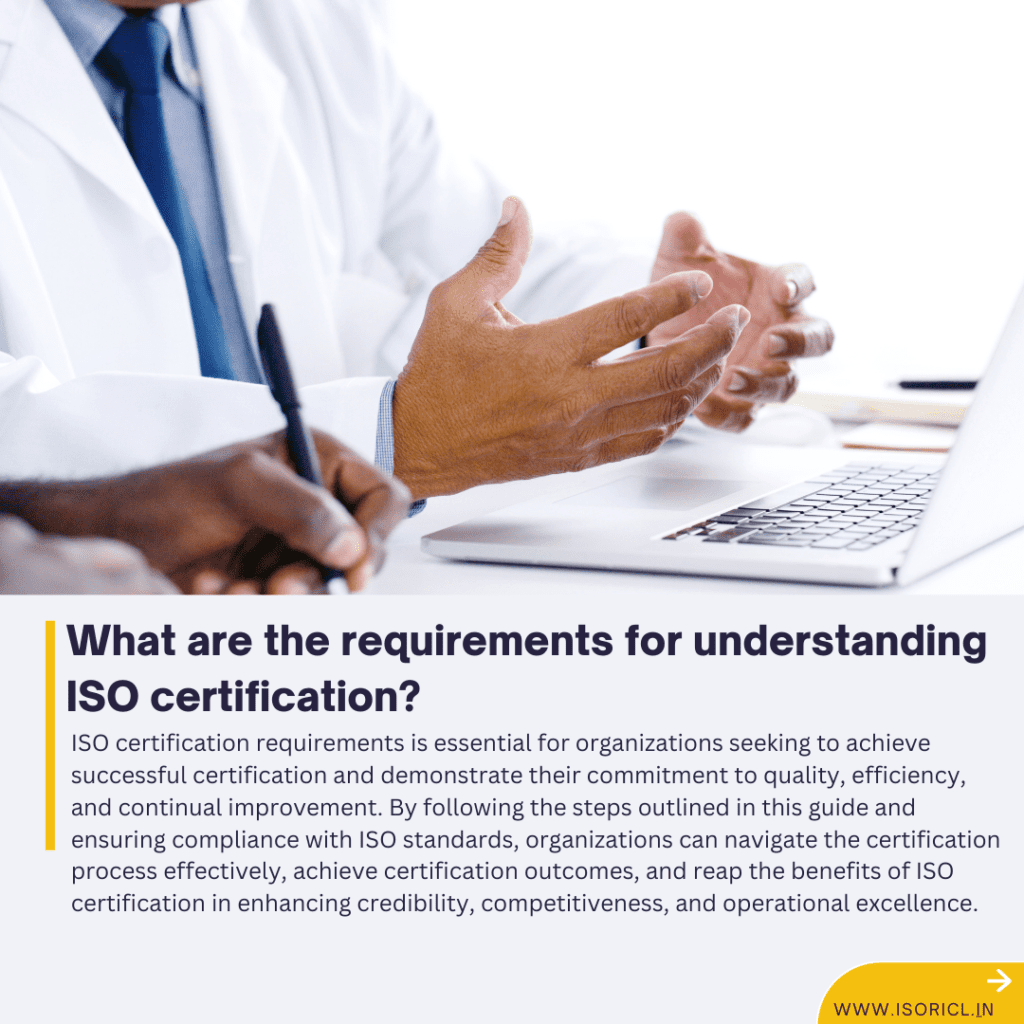
Understanding the requirements for ISO certification is essential for any organization seeking to achieve and maintain high standards of quality, efficiency, and compliance. ISO certification signifies that an organization adheres to internationally recognized standards, demonstrating its commitment to quality, safety, and sustainability. Here’s a comprehensive look at what these requirements entail:
- Familiarization with Relevant ISO Standards
The first step towards understanding ISO certification requirements is familiarizing yourself with the relevant ISO standards applicable to your organization. Commonly pursued ISO standards include:
- ISO 9001 (Quality Management Systems): Focuses on ensuring that products and services consistently meet customer and regulatory requirements and that quality is consistently improved.
- ISO 14001 (Environmental Management Systems): Emphasizes effective environmental management to reduce environmental impacts.
- ISO 27001 (Information Security Management Systems): Concentrates on managing information security risks.
- ISO 45001 (Occupational Health and Safety Management Systems): Aims to improve employee safety, reduce workplace risks, and create safer working conditions.
- Leadership and Commitment
Top management’s commitment is crucial for the successful implementation of ISO standards. Leadership must:
- Demonstrate Leadership and Commitment: Ensure that the quality, environmental, or safety policies are aligned with the organization’s strategic direction.
- Engage and Direct Employees: Involve all levels of the organization in the implementation and maintenance of the management system.
- Allocate Resources: Provide adequate resources, including time, money, and personnel, to support the management system.
- Context of the Organization
Understanding the context of the organization involves:
- Identifying Internal and External Issues: Recognize factors that could affect the achievement of the intended outcomes of the management system.
- Understanding the Needs and Expectations of Interested Parties: Determine the needs and expectations of stakeholders, such as customers, employees, suppliers, regulators, and the community.
- Scope of the Management System
Defining the scope of the management system is essential. This includes:
- Determining Boundaries and Applicability: Define which parts of the organization are covered by the management system.
- Documenting the Scope: Clearly articulate the scope in a documented statement that includes the products and services provided.
- Documented Information
ISO standards require the creation and maintenance of specific documented information, such as:
- Policies: Develop policies that demonstrate the organization’s commitment to the ISO standards.
- Procedures and Processes: Document procedures and processes necessary for the effective implementation of the management system.
- Records: Maintain records to provide evidence of conformity to requirements and the effective operation of the management system.
- Risk-Based Thinking
Incorporating risk-based thinking into the management system is a key requirement. This involves:
- Identifying Risks and Opportunities: Assess potential risks and opportunities that could impact the management system’s intended outcomes.
- Planning Actions: Develop plans to address identified risks and opportunities.
- Implementing Actions: Execute the plans and integrate them into the organization’s processes.
- Planning and Implementation
Effective planning and implementation involve:
- Setting Objectives: Establish measurable objectives that are consistent with the organization’s policies and strategic direction.
- Developing Action Plans: Create action plans to achieve the objectives, including what needs to be done, who is responsible, and the timeline for completion.
- Implementing the Plans: Execute the action plans and integrate them into the organization’s daily operations.
- Support and Resources
Ensuring adequate support and resources is critical. This includes:
- Competence: Ensure that employees are competent to perform their roles, which may involve providing necessary training and development.
- Awareness: Make sure that employees are aware of the management system’s policies, objectives, and their contribution to its effectiveness.
- Communication: Establish internal and external communication processes to convey relevant information regarding the management system.
- Resources: Provide the necessary resources, including infrastructure, environment, and organizational knowledge, to support the management system.
- Operational Control
Implementing effective operational controls is necessary to ensure the management system’s effectiveness. This includes:
- Control of Processes: Manage and control processes to ensure they achieve planned results.
- Product and Service Provision: Ensure that products and services meet specified requirements, including planning, design, development, production, and delivery.
- Performance Evaluation
Monitoring and measuring the performance of the management system is crucial. This involves:
- Monitoring and Measurement: Establish criteria for monitoring and measuring the performance of the management system.
- Internal Audits: Conduct internal audits to evaluate the management system’s conformity to the ISO standards and the organization’s requirements.
- Management Reviews: Perform regular management reviews to assess the performance of the management system and identify opportunities for improvement.
- Improvement
Continual improvement is a fundamental principle of ISO standards. This includes:
- Nonconformity and Corrective Action: Address nonconformities by determining their causes, implementing corrective actions, and preventing recurrence.
- Continual Improvement: Identify and implement opportunities for continual improvement of the management system to enhance performance.
Conclusion
Understanding and meeting ISO certification requirements involve a comprehensive approach that integrates leadership commitment, risk-based thinking, effective planning and implementation, adequate support and resources, operational control, performance evaluation, and continual improvement. By adhering to these requirements, organizations can achieve ISO certification, demonstrating their commitment to quality, efficiency, and sustainability. This not only enhances their credibility and market competitiveness but also drives operational excellence and long-term success.
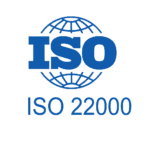
ISO 22000
Food Safety Management System

HACCP
Hazard Analysis and Critical Control Points
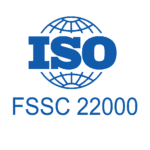
FSSC 22000
Food Safety Management Certification Scheme
ISO 22301
Business Continuity Management Systems
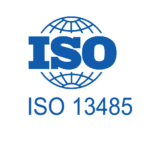
ISO 13485
Quality Management For Medical Device
ISO/IEC 27001
Information Security Management System
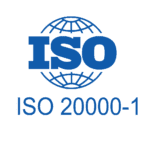
ISO 20000-1
Information Technology Service Management
ISO 42001
Artificial Intelligence Management System
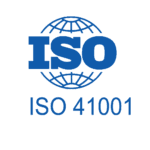
ISO 41001
Facility Management System
ISO 21001
Educational Organizations Management System
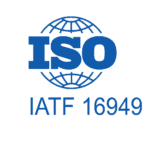
IATF 16949
Quality Management For Automotive
TL 9000
Quality Management System for Telecom
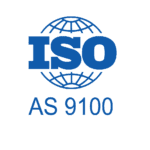
AS 9100
Quality Management for Aerospace Industry
ISO 30000
Ship Recycling Management System
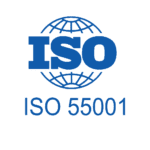
ISO 55001
Asset Management System
